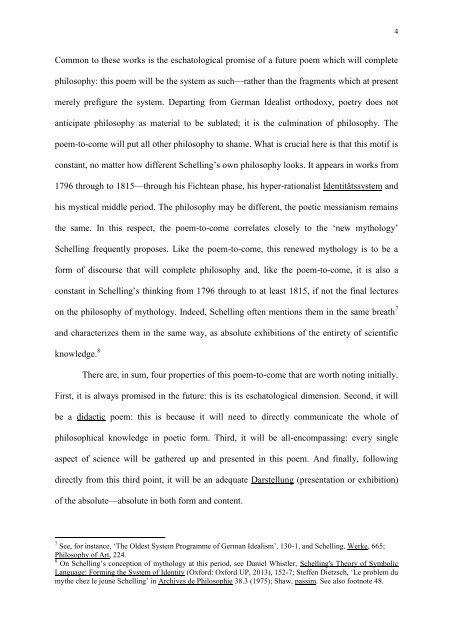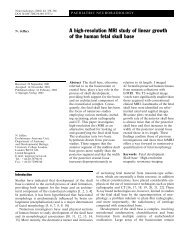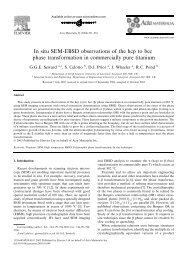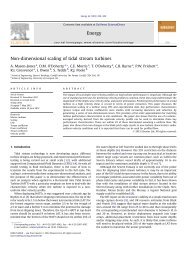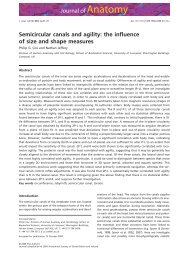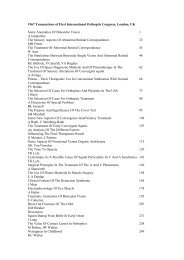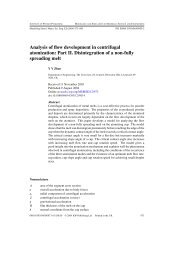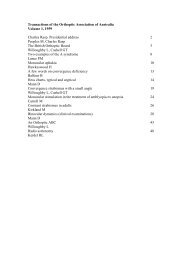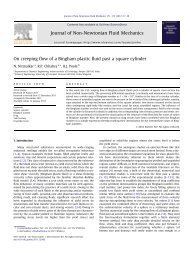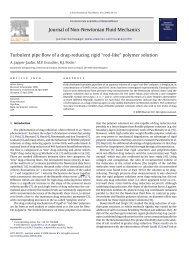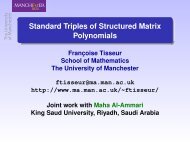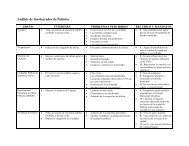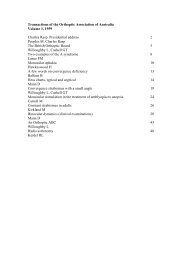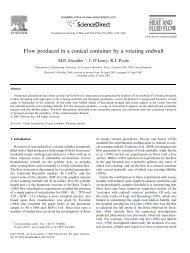SCHELLING'S POETRY
SCHELLING'S POETRY
SCHELLING'S POETRY
You also want an ePaper? Increase the reach of your titles
YUMPU automatically turns print PDFs into web optimized ePapers that Google loves.
4Common to these works is the eschatological promise of a future poem which will completephilosophy: this poem will be the system as such—rather than the fragments which at presentmerely prefigure the system. Departing from German Idealist orthodoxy, poetry does notanticipate philosophy as material to be sublated; it is the culmination of philosophy. Thepoem-to-come will put all other philosophy to shame. What is crucial here is that this motif isconstant, no matter how different Schelling’s own philosophy looks. It appears in works from1796 through to 1815—through his Fichtean phase, his hyper-rationalist Identitätssystem andhis mystical middle period. The philosophy may be different, the poetic messianism remainsthe same. In this respect, the poem-to-come correlates closely to the ‘new mythology’Schelling frequently proposes. Like the poem-to-come, this renewed mythology is to be aform of discourse that will complete philosophy and, like the poem-to-come, it is also aconstant in Schelling’s thinking from 1796 through to at least 1815, if not the final lectureson the philosophy of mythology. Indeed, Schelling often mentions them in the same breath 7and characterizes them in the same way, as absolute exhibitions of the entirety of scientificknowledge. 8There are, in sum, four properties of this poem-to-come that are worth noting initially.First, it is always promised in the future: this is its eschatological dimension. Second, it willbe a didactic poem: this is because it will need to directly communicate the whole ofphilosophical knowledge in poetic form. Third, it will be all-encompassing: every singleaspect of science will be gathered up and presented in this poem. And finally, followingdirectly from this third point, it will be an adequate Darstellung (presentation or exhibition)of the absolute—absolute in both form and content.7 See, for instance, ‘The Oldest System Programme of German Idealism’, 130-1, and Schelling, Werke, 665;Philosophy of Art, 224.8 On Schelling’s conception of mythology at this period, see Daniel Whistler, Schelling's Theory of SymbolicLanguage: Forming the System of Identity (Oxford: Oxford UP, 2013), 152-7; Steffen Dietzsch, ‘Le problem dumythe chez le jeune Schelling’ in Archives de Philosophie 38.3 (1975); Shaw, passim. See also footnote 48.


